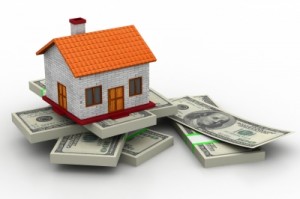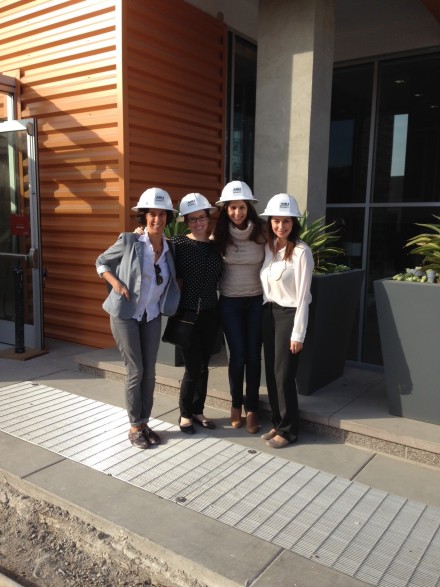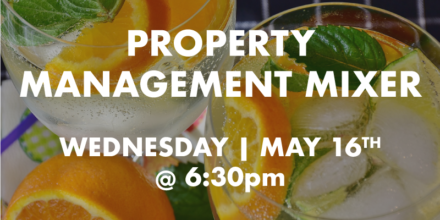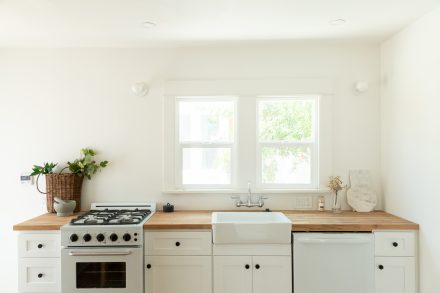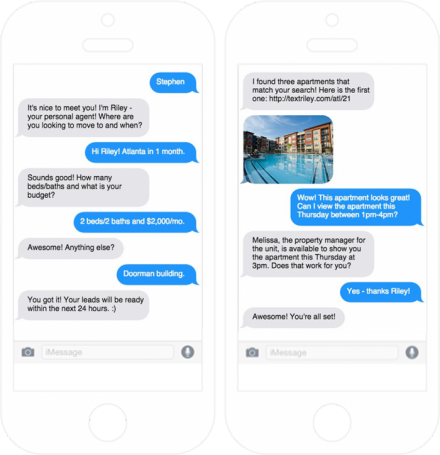Being a first-time homebuyer does not necessarily mean you need to buy a single family house. Buying an investment property – like a duplex, triplex or fourplex – is a viable option for many renters-turned-buyers.
Our broker Elizabeth McDonald of TRG Realty Company and owner of TheRentalGirl.com has written a series of blog posts for Trulia.com on investing in income property. Check out her first blog post in her series on becoming a landlord:
From Trulia.com:
“So, You Want To Be A Landlord” is an informative series brought to you by Elizabeth McDonald of The Rental Girl Los Angeles. The Rental Girl is a boutique rental agency with neighborhood branches throughout Los Angeles.
Elizabeth has over 10 years experience in the rental business and has put together this informative series to guide your investment clients through the process of becoming and being a landlord.
To start this series, Elizabeth offers her insight on one of the most important pieces of buying and/or managing investment properties – Making Sure the Numbers Make Sense:
Before you or your clients jump into the fast-moving world of rentals, they have to be sure they (and the property) are financially fit enough to be successful. Here are two steps every landlord should complete before they decide to jump in:
1. Get the Pre-Approval
Unless you plan to purchase an investment property with all cash, the first step you must make before embarking on your journey of becoming a landlord is to get pre-approved for a loan. The pre-approval process is fairly painless and requires no commitment.
It requires making a quick phone call with a loan broker, answering a questionnaire, and gathering financial information. Don’t worry. Lenders do not bite! Once you have submitted your information to your loan broker, he or she will run some numbers and inform you what you qualify for. For the purpose of this blog post, I will use $500,000 as your pre-approval amount. Once you are pre-approved, you will know in what price range to start looking.
2. Run the Expense/Income Numbers
If a lender says you “qualify” for $500,000 this does not mean you can AFFORD a $500,000 income property. Before you make an offer on a property, you must be sure the numbers work. The biggest mistake new investors make is they only anticipate the mortgage, property taxes, and insurance expenses. However, there is also a vacancy factor, routine maintenance and emergency maintenance expenses.
To assist in this process, check out this free Income Calculation spreadsheet at The Rental Girl. This tool will help you determine if a property’s income will cover expenses.
How to Run the Numbers
 Using the Income Calculation spreadsheet, here’s the data you’ll need to make a sound decision on whether you’re ready to take on becoming a property’s landlord:
Using the Income Calculation spreadsheet, here’s the data you’ll need to make a sound decision on whether you’re ready to take on becoming a property’s landlord:
- Purchase Price: Enter the list price of the investment property you wish to purchase or the amount you are willing to offer.
- Down payment: Be sure to include the total amount of cash you are paying as down payment. You can either enter a percentage or dollar amount.
- Loan amount: The loan amount is the list price minus the down payment.
- Actual Income: Enter the current rent the property is collecting. Specify whether you are entering yearly or monthly income.
- Scheduled Income: If the rents are below market, or the units need upgrading, enter in the rent amount you think the units could get in today’s market. You as an agent can find these yourselves. However, if you’re working with landlord hopefuls, they’ll need your help to determine potential rent amounts. Specify whether you are entering yearly or monthly income.
- Mortgage interest: Enter the loan rate from your pre-approval letter from your loan officer.
- Property taxes: Enter in the percentage amount for your state’s property taxes. (Note: The default percentage in the spreadsheet is for California.)
- Expenses: Leave this percentage at the default rate of 28% or change the percentage if you have a more accurate estimate.
The amount of maintenance required on an income property varies from property to property. The standard percentage used to estimate maintenance expenses is 28-30% of the yearly income.
Factors that influence maintenance expenses include: age of the building, size of the yard, age of renovations, condition of the major systems like plumbing, electric and roof.
Insurance, vacancy and property management: Again, leave these fields with the default amount or talk with your area’s experts to develop a forecast.
Once you have entered all the fields, the results will appear on the right. These results will give you an idea of your monthly and yearly cash flow – both with current rents and with future predicted rents.
These steps should help you figure out if you’re financially ready to become a landlord. If the answer is yes, find out if you’re mentally ready by checking out my next post where I’ll address the two most common fears among new landlords.”
Check out the full article and series here.




